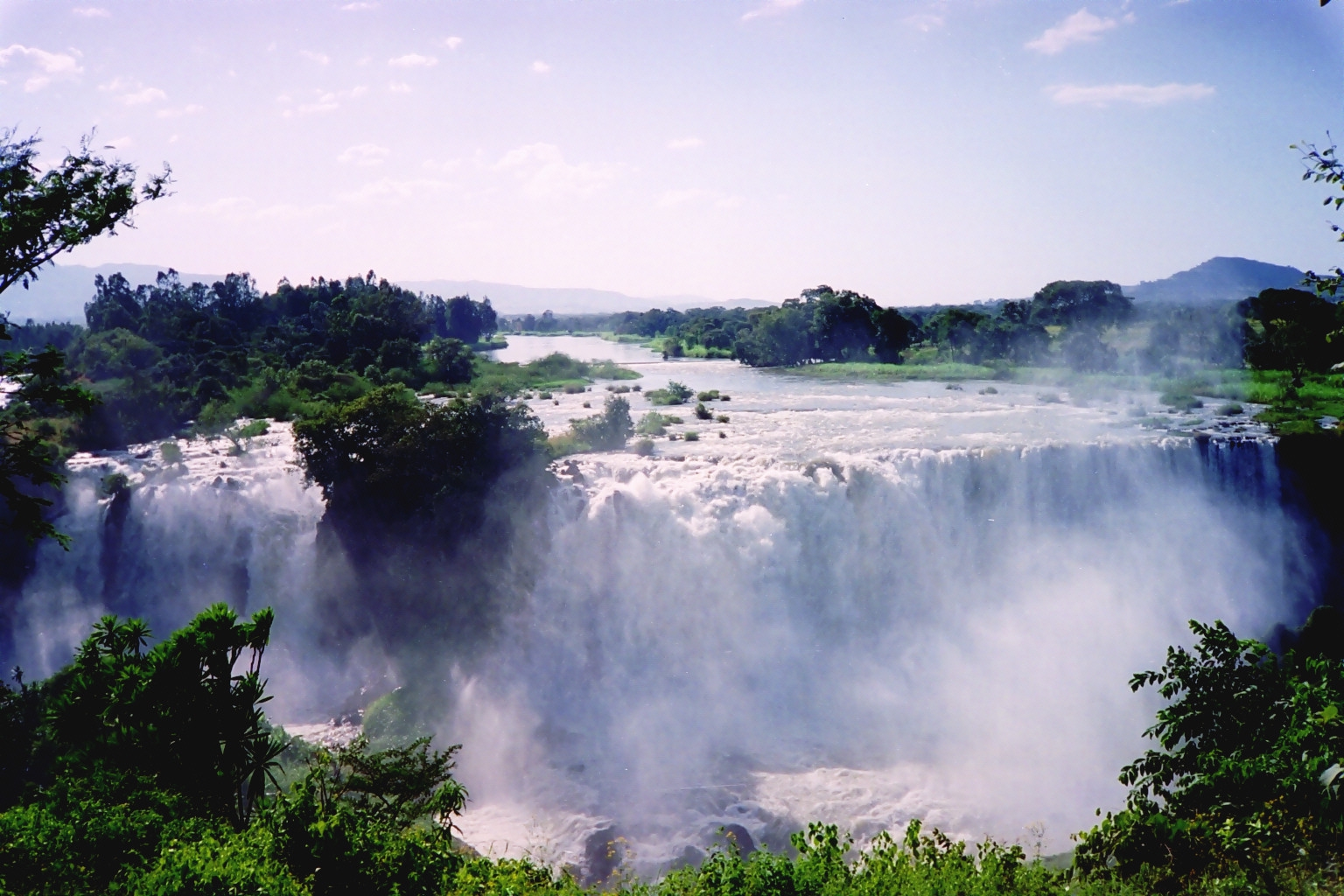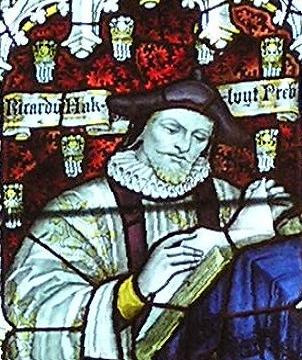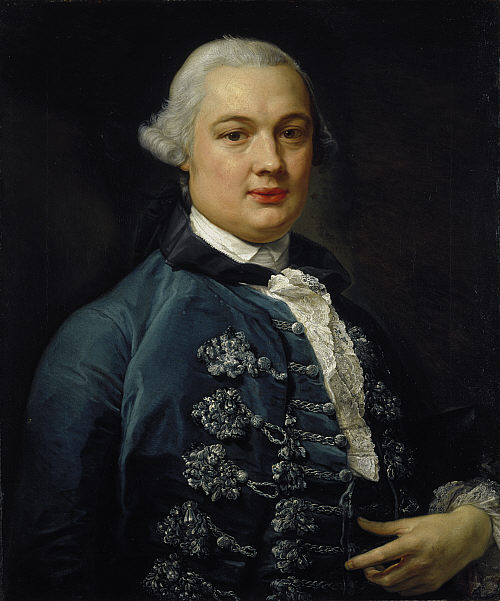|
Lake Tana
Lake Tana ( am, ጣና ሐይቅ, T’ana ḥāyik’i; previously Tsana) is the largest lake in Ethiopia and the source of the Blue Nile. Located in Amhara Region in the north-western Ethiopian Highlands, the lake is approximately long and wide, with a maximum depth of , and an elevation of . Lake Tana is fed by the Gilgel Abay, Reb and Gumara rivers. Its surface area ranges from , depending on season and rainfall. The lake level has been regulated since the construction of the control weir where the lake discharges into the Blue Nile. This controls the flow to the Blue Nile Falls (Tis Abbai) and hydro-power station. In 2015, the Lake Tana region was nominated as a UNESCO Biosphere Reserve recognizing its national and international natural and cultural importance. Overview Lake Tana was formed by volcanic activity, blocking the course of inflowing rivers in the early Pleistocene epoch, about 5 million years ago. The lake was originally much larger than it is t ... [...More Info...] [...Related Items...] OR: [Wikipedia] [Google] [Baidu] |
East Africa
East Africa, Eastern Africa, or East of Africa, is the eastern subregion of the African continent. In the United Nations Statistics Division scheme of geographic regions, 10-11-(16*) territories make up Eastern Africa: Due to the historical Omani Empire and colonial territories of the British East Africa Protectorate and German East Africa, the term ''East Africa'' is often (especially in the English language) used to specifically refer to the area now comprising the three countries of Kenya, Tanzania, and Uganda. However, this has never been the convention in many other languages, where the term generally had a wider, strictly geographic context and therefore typically included Djibouti, Eritrea, Ethiopia, and Somalia.Somaliland is not included in the United Nations geoscheme, as it is internationally recognized as a part of Somalia. *Tanzania, Kenya, Uganda, Rwanda, Burundi, Democratic Republic of Congo and South Sudan are members of the East African Community. The f ... [...More Info...] [...Related Items...] OR: [Wikipedia] [Google] [Baidu] |
Blue Nile Falls
The Blue Nile Falls is a waterfall on the Blue Nile river in Ethiopia. It is known as Tis Abay in Amharic, meaning "great smoke". It is situated on the upper course of the river, about downstream from the town of Bahir Dar and Lake Tana. The falls are one of Ethiopia's best-known tourist attractions. The falls are high, consisting of four streams that originally varied from a trickle in the dry season to over 400 meters wide in the rainy season. Regulation of Lake Tana now reduces the variation somewhat, and since 2003 a hydro-electric station has taken much of the flow out of the falls except during the rainy season. The Blue Nile Falls isolate the ecology of Lake Tana from the ecology of the rest of the Nile, and this isolation has played a role in the evolution of the endemic fauna of the lake. A short distance downstream from the falls sits the first stone bridge constructed in Ethiopia, built at the command of Emperor Susenyos in 1626. According to Manuel de Almeid ... [...More Info...] [...Related Items...] OR: [Wikipedia] [Google] [Baidu] |
Daga Estifanos
Daga may refer to: People * Daga (wrestler), Mexican professional wrestler *Dagmara Wozniak, American Olympic saber fencer Geography * Daga District, Bhutan * Daga, Bhutan Daga , also officially referred to as Dagana, is a town in Goshi Gewog, Dagana District in southwestern Bhutan. It is the administrative capital, Dzongkhag Thromde A thromde (Dzongkha: ཁྲོམ་སྡེ་; Wylie: ''khrom-sde'') is a s ..., capital of Daba District * Daga Hundred, a geographic division in Sweden * Daga Island, an island located in the southeastern part of Lake Tana in Ethiopia * Daga River (other) * Daga Rural LLG, Papua New Guinea Other * Daga language, in Papua New Guinea {{disambig, geo ... [...More Info...] [...Related Items...] OR: [Wikipedia] [Google] [Baidu] |
Ura Kidane Mehret
Ura Kidane Mehret is a church of the Ethiopian Orthodox Church, located on the Zege peninsula around Lake Tana in Ethiopia. It is part of the complex of the Convent of Mercy. At least one author considers it the most attractive church in the Lake Tana region.Philip Briggs, ''Guide to Ethiopia'', fifth edition (Old Saybrook: Globe Pequot Press, 2009), p. 211 The Ura Kidane Mehret convent was founded in the 14th century by the saint Betre Mariyam (Amharic "Rod of Mary"), although the present circular church dates from the 16th century. Its interior is decorated with numerous murals painted between 100 and 250 years ago; subjects include ''Negus'' Tekle Haymanot of Gojjam and his followers. The most significant were painted by ''Alaqa'' Engida during the reign of Emperor Menelik II. The church has its treasury in a nearby outbuilding, which contains the richly embroidered robes of ''Negus'' Tekle Haymanot and his wife Laqetch Gegre Mehdin, as well as the crowns of Emperor Yohannes ... [...More Info...] [...Related Items...] OR: [Wikipedia] [Google] [Baidu] |
Ethiopian Orthodox Tewahedo Church
The Ethiopian Orthodox Tewahedo Church ( am, የኢትዮጵያ ኦርቶዶክስ ተዋሕዶ ቤተ ክርስቲያን, ''Yäityop'ya ortodoks täwahedo bétäkrestyan'') is the largest of the Oriental Orthodox Churches. One of the few Christian churches in sub-Saharan Africa originating before European colonization of the continent, the Ethiopian Orthodox Tewahedo Church dates back to the acceptance of Christianity by the Kingdom of Aksum in 330, and has between 36 million and 49.8 million adherents in Ethiopia. It is a founding member of the World Council of Churches. The Ethiopian Orthodox Tewahedo Church is in communion with the other Oriental Orthodox churches (the Eritrean Orthodox Tewahedo Church, the Coptic Orthodox Church of Alexandria, the Malankara Orthodox Syrian Church, the Armenian Apostolic Church, and the Syriac Orthodox Church). The Ethiopian Orthodox Tewahedo Church had been administratively part of the Coptic Orthodox Church of Alexandria from the firs ... [...More Info...] [...Related Items...] OR: [Wikipedia] [Google] [Baidu] |
Hakluyt Society
The Hakluyt Society is a text publication society, founded in 1846 and based in London, England, which publishes scholarly editions of primary records of historic voyages, travels and other geographical material. In addition to its publishing role, the Society organises and participates in meetings, symposia and conferences relating to the history of geographical exploration and cultural encounter. It is a registered charity and a non-profitmaking institution administered by a voluntary team of council members and officers. Membership is open to all with an interest in its aims. The Society is named after Richard Hakluyt (1552–1616), a collector and editor of narratives of voyages and travels and other documents relating to English interests overseas. Foundation The Society was created at a meeting convened in the London Library, St James's Square, on 15 December 1846. Under the chairmanship of the geologist Sir Roderick Murchison, it established an eight-man steering gro ... [...More Info...] [...Related Items...] OR: [Wikipedia] [Google] [Baidu] |
James Bruce
James Bruce of Kinnaird (14 December 1730 – 27 April 1794) was a Scottish traveller and travel writer who confirmed the source of the Blue Nile. He spent more than a dozen years in North Africa and Ethiopia and in 1770 became the first European to trace the origins of the Blue Nile from Egypt and Sudan. Early life James Bruce was born at the family seat of Kinnaird, Stirlingshire, and educated at Harrow School and Edinburgh University, and began to study for the bar, but his marriage to the daughter of a wine importer and merchant resulted in him entering that business instead. His wife died in October 1754, within nine months of marriage, and Bruce thereafter travelled in Portugal and Spain as part of the wine trade. The examination of oriental manuscripts at the Escorial in Spain led him to the study of Arabic and Ge'ez and determined his future career. In 1758 his father's death placed him in possession of the estate of Kinnaird. To North Africa On the outbreak of war ... [...More Info...] [...Related Items...] OR: [Wikipedia] [Google] [Baidu] |
Portugal
Portugal, officially the Portuguese Republic ( pt, República Portuguesa, links=yes ), is a country whose mainland is located on the Iberian Peninsula of Southwestern Europe, and whose territory also includes the Atlantic archipelagos of the Azores and Madeira. It features the westernmost point in continental Europe, and its Iberian portion is bordered to the west and south by the Atlantic Ocean and to the north and east by Spain, the sole country to have a land border with Portugal. Its two archipelagos form two autonomous regions with their own regional governments. Lisbon is the capital and largest city by population. Portugal is the oldest continuously existing nation state on the Iberian Peninsula and one of the oldest in Europe, its territory having been continuously settled, invaded and fought over since prehistoric times. It was inhabited by pre-Celtic and Celtic peoples who had contact with Phoenicians and Ancient Greek traders, it was ruled by the Roma ... [...More Info...] [...Related Items...] OR: [Wikipedia] [Google] [Baidu] |
Manoel De Almeida
Manuel de Almeida (sometimes Manoel de Almeida, 1580–1646) was a native of Viseu who entered at an early age into the Society of Jesus and went out as a missionary to India. He is noted to have travelled to Ethiopia and Eritrea and Lake Tana and built a number of churches and monasteries, particularly on the small islands of the lake. In 1622, Almeida was selected by the general of his order as ambassador to the Emperor of Ethiopia, Susenyos. Accompanied by three companions, Almeida left Bassein 28 November of that year for Suakin, and reached Diu two months later; he was delayed at the port of Dhofar from 18 May 1623 to 16 October due to unfavorable winds. At last Almeida departed for Suakin, reaching it 4 December, where he received a pass from the local Pasha to pass through the territories of the Ottoman Empire. He then found passage to Massawa, whence he made his way to Fremona by way of Debarwa (where he met the governor of Tigray, ''Ras'' Keba Krestos), reaching th ... [...More Info...] [...Related Items...] OR: [Wikipedia] [Google] [Baidu] |
Pleistocene
The Pleistocene ( , often referred to as the ''Ice age'') is the geological Epoch (geology), epoch that lasted from about 2,580,000 to 11,700 years ago, spanning the Earth's most recent period of repeated glaciations. Before a change was finally confirmed in 2009 by the International Union of Geological Sciences, the cutoff of the Pleistocene and the preceding Pliocene was regarded as being 1.806 million years Before Present (BP). Publications from earlier years may use either definition of the period. The end of the Pleistocene corresponds with the end of the last glacial period and also with the end of the Paleolithic age used in archaeology. The name is a combination of Ancient Greek grc, label=none, πλεῖστος, pleīstos, most and grc, label=none, καινός, kainós (latinized as ), 'new'. At the end of the preceding Pliocene, the previously isolated North and South American continents were joined by the Isthmus of Panama, causing Great American Interchang ... [...More Info...] [...Related Items...] OR: [Wikipedia] [Google] [Baidu] |
Zege Peninsula Tour Guide
Chipsi mayai ( Swahili for "chips and eggs"), also known as zege, is the most popular street food found all over Tanzania. The dish was invented in the streets of Dar es Salaam. In its most basic form, chipsi mayai is a simple potato-egg omelette. It is available in all regions of Tanzania, from the most remote villages to large towns. Food stands both indoors and on streets make them to order. It is the unofficial national dish of the country. It is generally prepared with chips (French fries), oil and beaten eggs fried together in a pan. It is often served with kachumbari Kachumbari is a fresh tomato and onion salad dish that is popular in the cuisines of the African Great Lakes region. It is an uncooked salad dish consisting of chopped tomatoes, onions, and chili peppers. Variations of kachumbari can be found in .... See also * Tortilla española, a similar dish from Spain References * Omelettes Potato dishes Tanzanian cuisine {{Tanzania-cuisine-stub ... [...More Info...] [...Related Items...] OR: [Wikipedia] [Google] [Baidu] |








